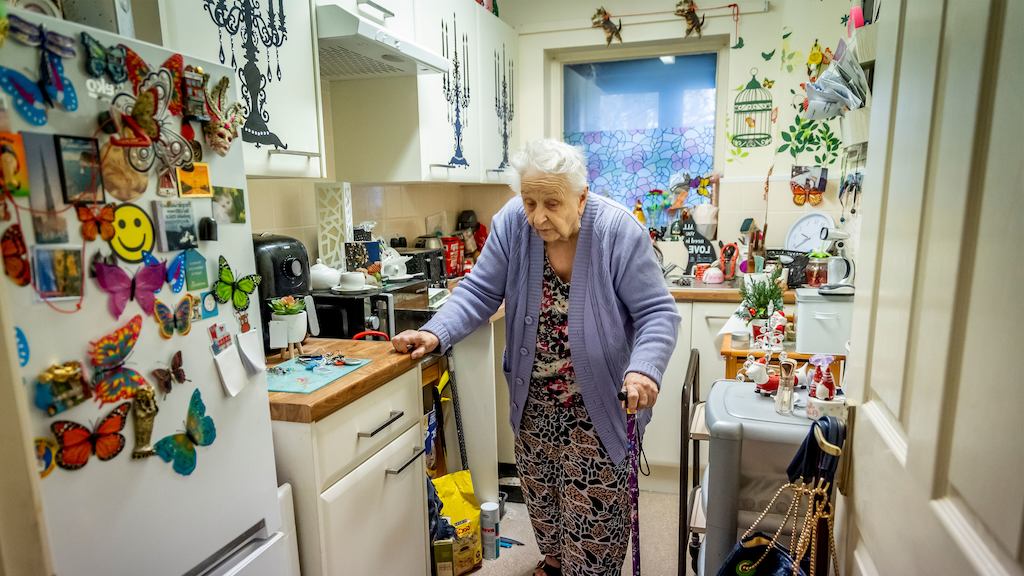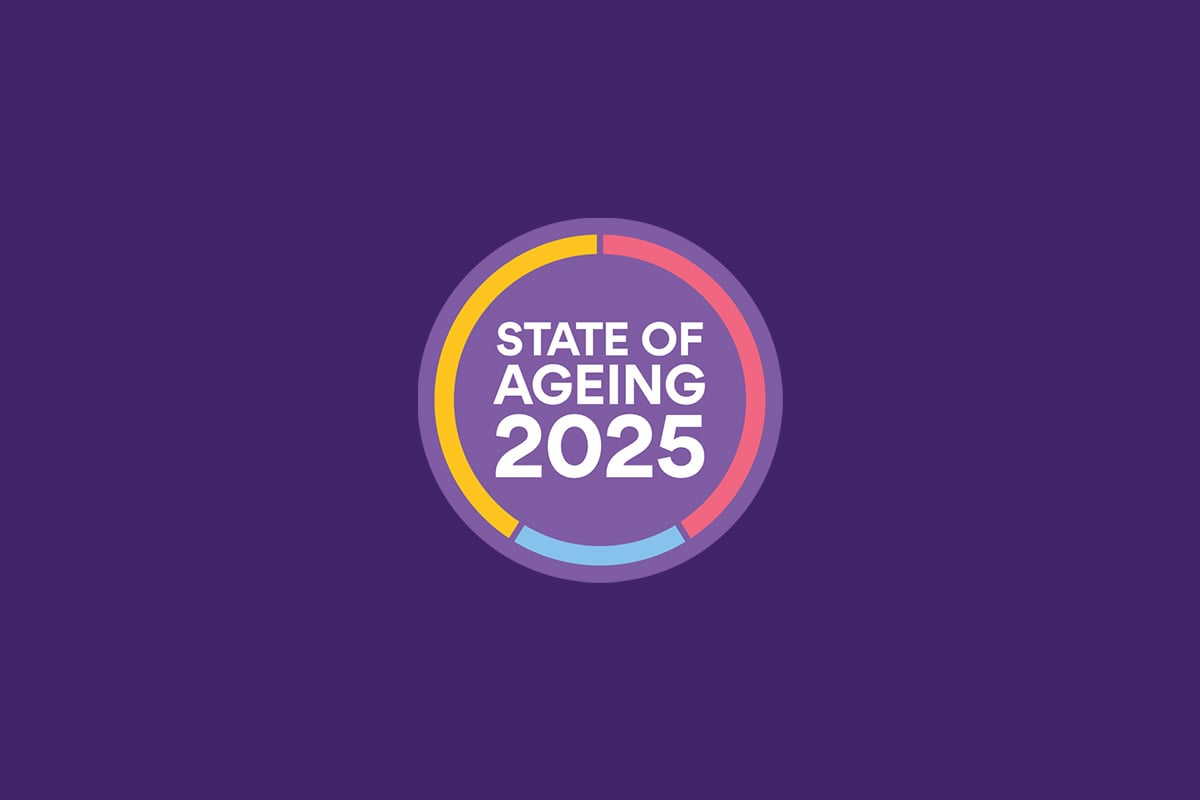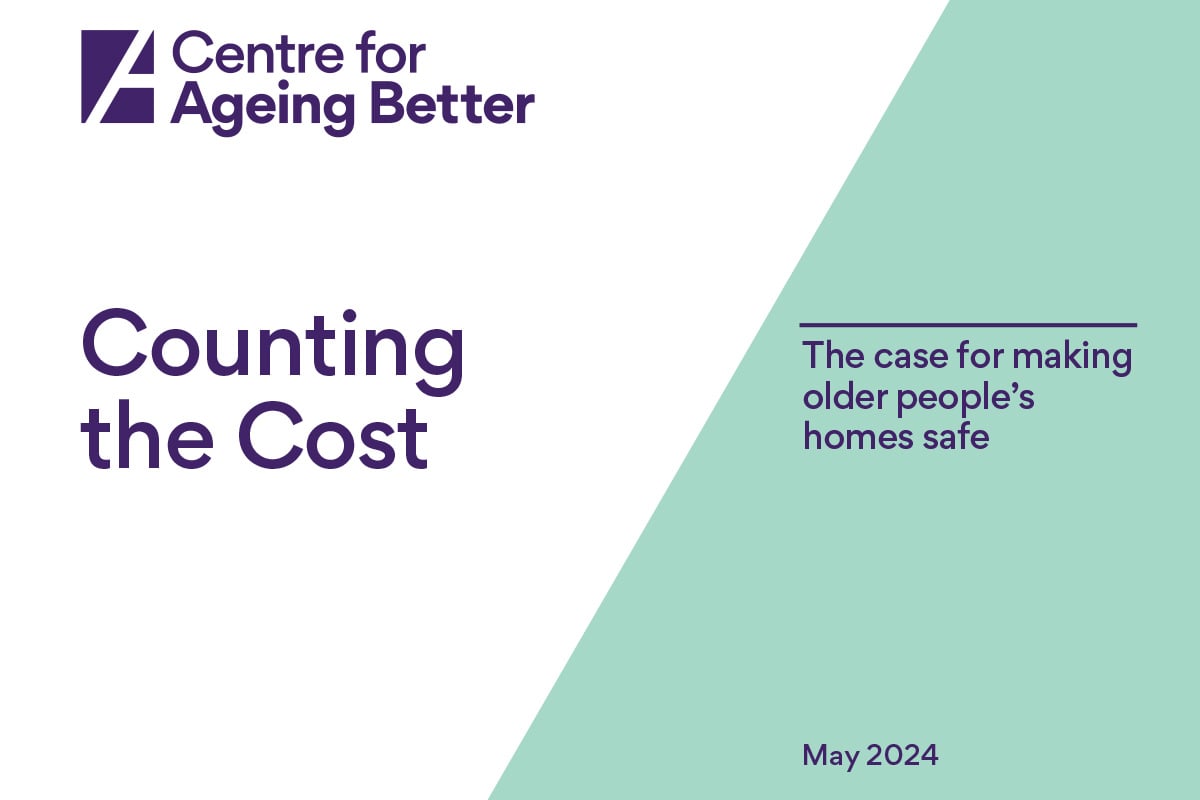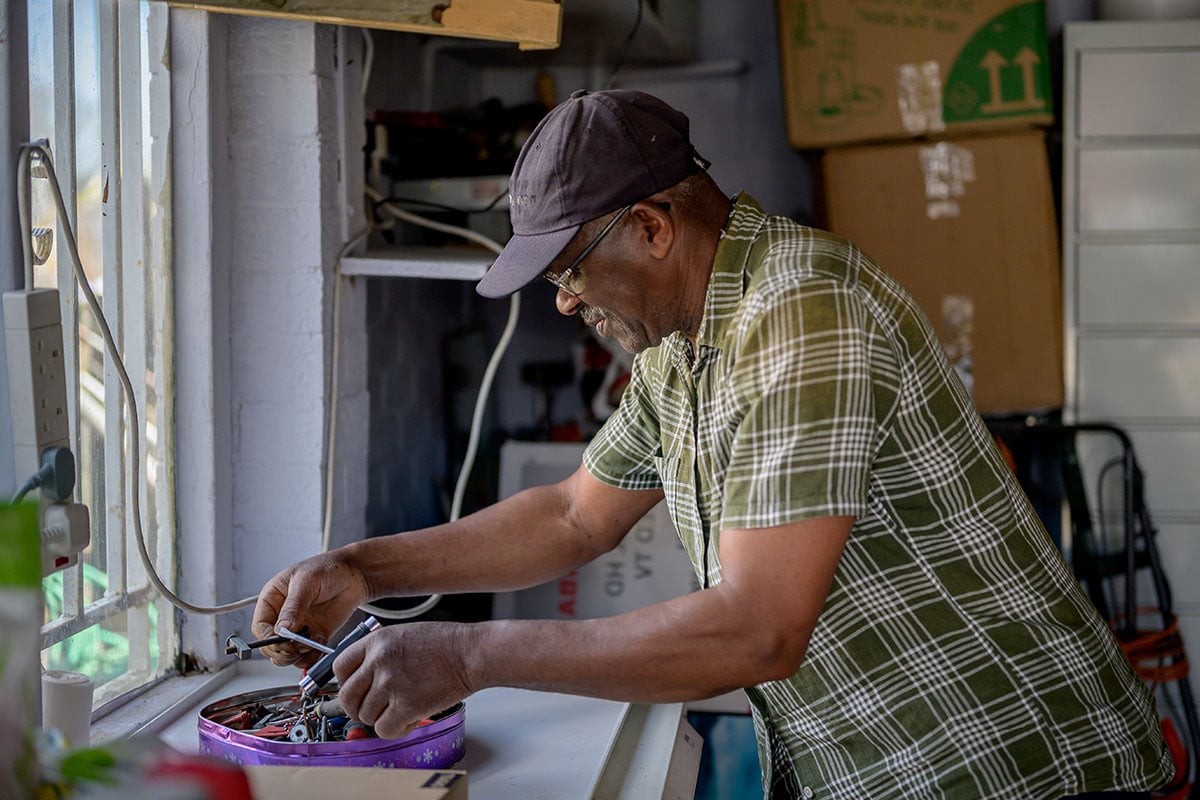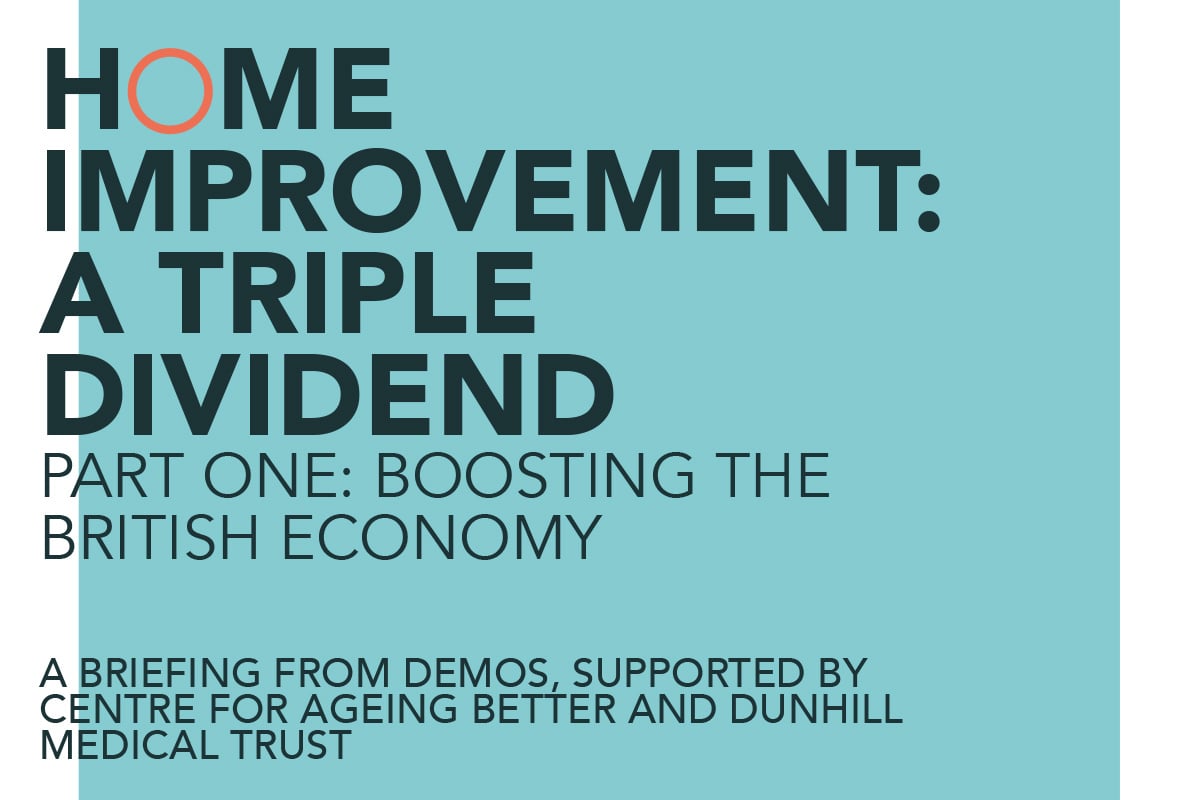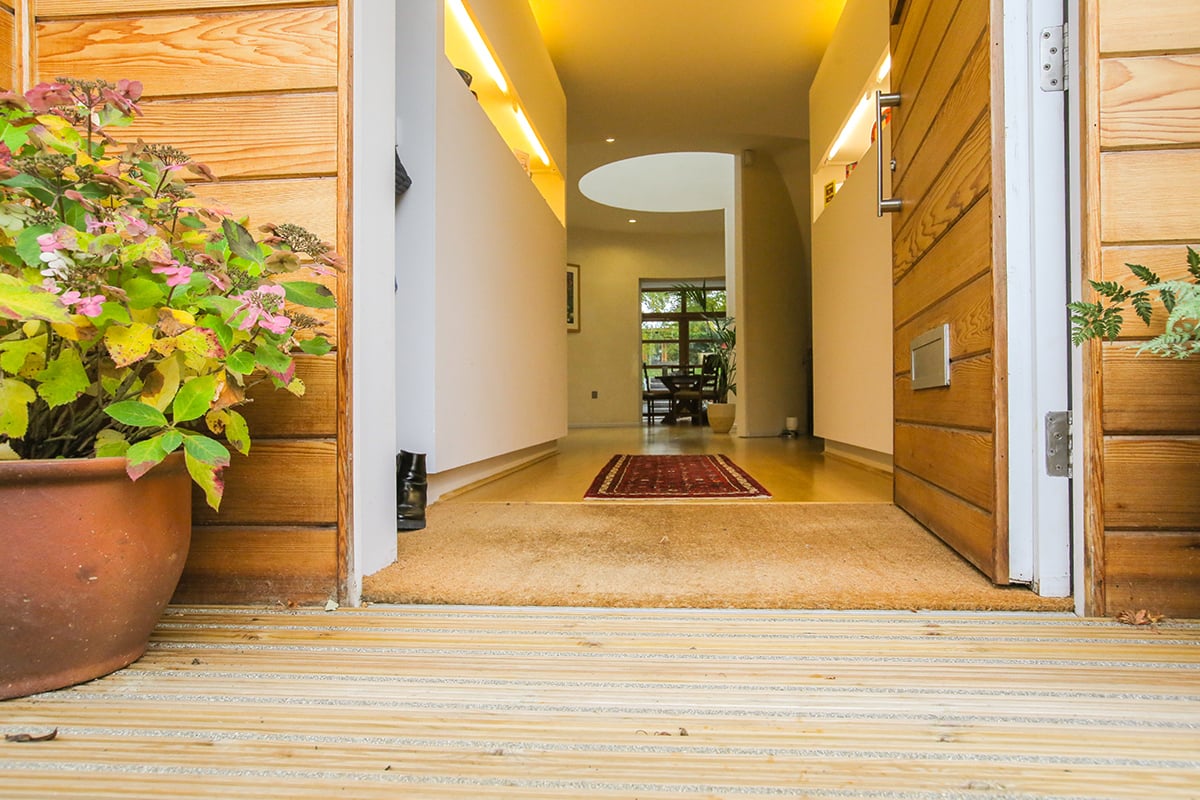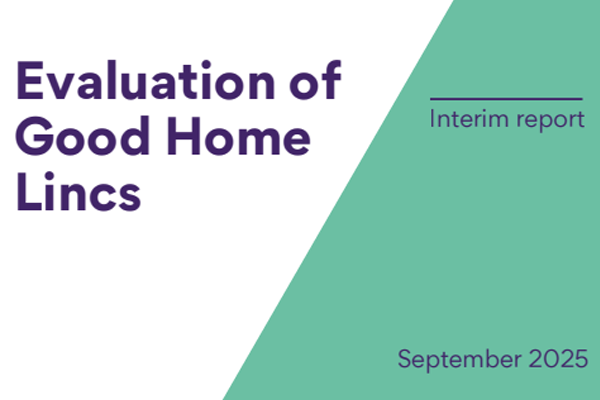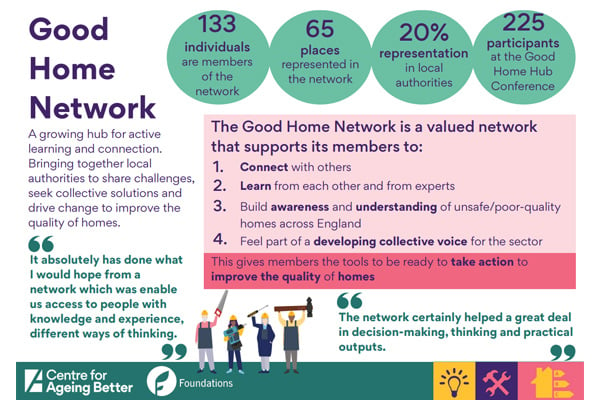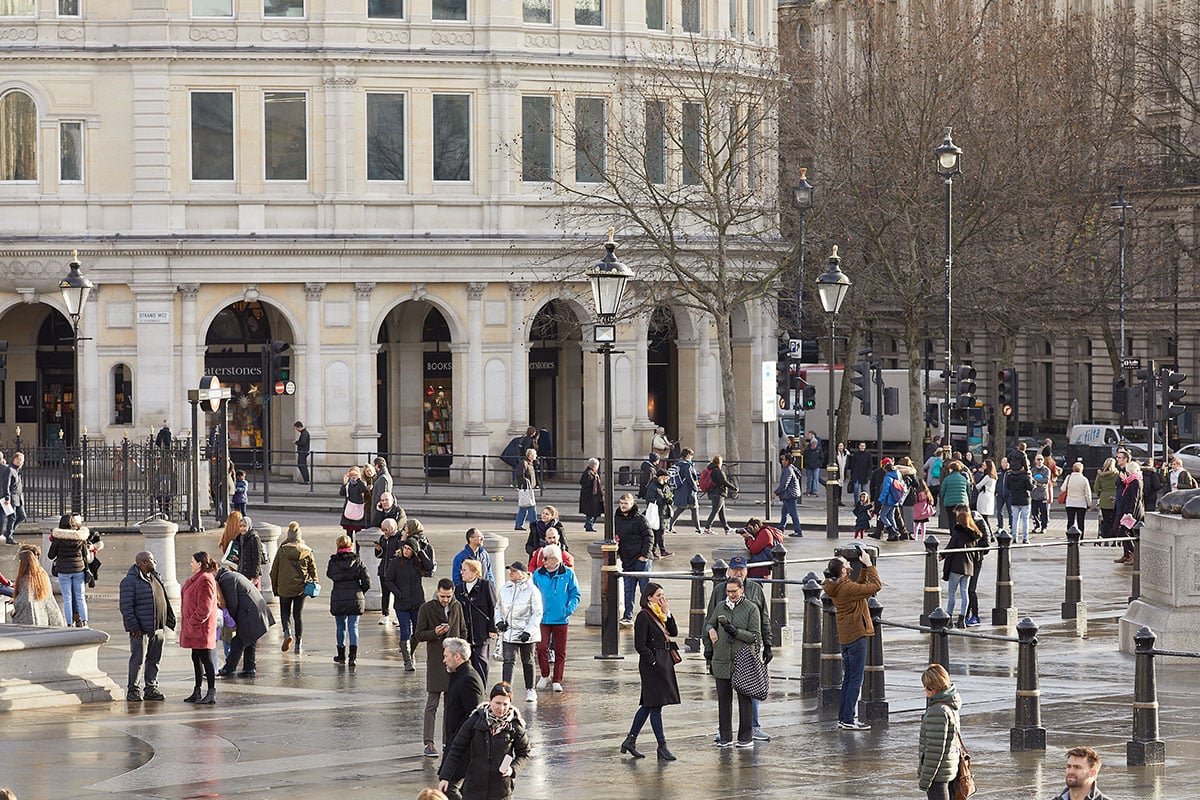“The scale of the unmet demand for accessible new homes in this country, and the glacial rate we are currently building to meet that demand, is appalling. It is leaving nearly two million people with substantial barriers just to use their own home every day and putting their health at risk.
“Raising the standard of accessibility has the potential to change millions of lives. Homes with higher accessibility standards benefit everyone, particularly Disabled people and older people, and disadvantage no one.
“At present, fewer than one in ten homes in England are suitable for older or Disabled people to visit, never mind live in. The need for accessible homes is only going to grow significantly over the next 20 years as our population ages and at the current rate of building we have no chance of ever getting close to meeting the needs of everyone.”
New data from analysis conducted by BRE (Building Research Establishment) on behalf of the Centre for Ageing Better reveals the scale of the growing unmet need for accessible housing:
- More than five million households in England containing an adult aged 55 or over report a long-term illness or disability (44%).
- The majority of older households with a person aged above 55 (77%) live in pre-1980 housing not built to modern accessibility standards.
- Half (49%) of households in England with a person aged 55 who need an adaptation currently do not have one.
Ninety-eight per cent of those responding to the government consultation supported the proposal to raise minimum accessibility standards in England, including developers, architects and local authorities.
Benefits cited in doing so included reducing pressures on the NHS and social services, paid and family carers; helping to support Disabled people to work, socialise and contribute to society as fully as possible; and future proofing new homes for successive generations, as well as saving on the substantial costs of having to adapt homes at a later stage.
